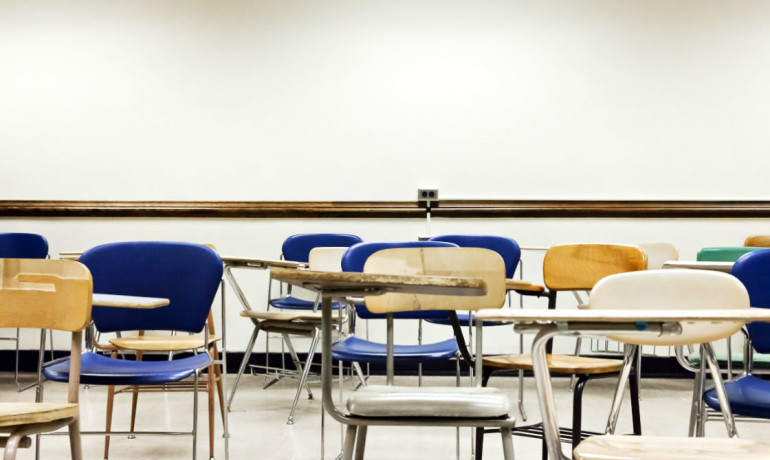A new report says urban schools in the United States are failing to offer a quality education—especially when it comes to opportunities for poor students and students of color, who now make up the majority of America’s public school students nationwide.
The report offers the first citywide assessment of the changing and complex public school landscape in the US, allowing city leaders to assess the overall health of all of their cities’ schools, regardless of whether they are district- or charter-run, and to benchmark them against schools in other cities.
The study goes beyond test scores and uses publicly available data to develop nine indicators related to school improvement and academic opportunity.
The cities in the study reflect rapidly changing student demographics and the complexity of today’s urban public education landscape, where multiple agencies oversee public schools and enrollments are spread across a variety of school types.
SOME OF THE REPORT’S KEY FINDINGS:
- Performance in most cities is flat, with limited proficiency gains and large shares of schools stuck in the bottom 5 percent of schools in their state.
- Students from low-income households and students of color face staggering academic inequities, with limited access to high-performing schools and college preparatory experiences.
- Across the 50 cities, white students were four times more likely than black students to enroll in a top-scoring elementary or middle school.
- Black students were twice as likely to receive out-of-school suspensions as white students.
- Less than 15 percent of all high school students took the ACT/SAT in 30 of the 50 cities.
- Less than 10 percent of all high school students took advanced math classes each year in 32 of the 50 cities.
Though it paints a bleak picture, the report also highlights cities that have made significant progress.
“I hope this will serve as a catalyst for city leaders to take a look at where they might be falling short and identify other cities they might learn from,” says lead author Michael DeArmond, senior research analyst for the Center on Reinventing Public Education at the University of Washington.
The report identifies several success stories:
- New Orleans and other cities have improved or replaced many of their lowest-performing schools.
- In Memphis and Chicago, black students participate in advanced courses and the SAT at high rates.
- Newark and Columbus have high numbers of schools that “beat the odds” by performing better than schools with similar demographics.
- Baton Rouge is the only city in the report where black students are not suspended at higher rates than white students.
- In Los Angeles, overall suspension rates are low and Hispanic students are less likely to be suspended than white students.
“This report suggests that inequity in public education, though widespread, isn’t inevitable,” says Robin Lake, CRPE director. “What should make us angry is that there is evidence that things can be better.”
The analysis suggests that no single model for providing or governing schools—district operation, chartering, or vouchers—has been a sure solution to address the needs of urban students. However, given the enormity of the challenges represented in this study, no city should close off any possible source of good schools or promising solutions.
The report suggests that civic and school system leaders across the country can learn from one another and should aggressively hunt for evidence-based new solutions that enable them to do more of what works and respond quickly and meaningfully to shifting demographics and other challenges.
“America is at a profound moment of social struggle,” Lake says. “School improvement can’t wait for us to solve poverty or racial injustice. But we can create great school options now for young people that can help to mitigate these other social challenges.
“Education is a crucial lever for mayors and civic leaders to provide hope and opportunity for our most vulnerable youth. We can’t improve our cities without improving our schools.”
Source: UNIVERSITY OF WASHINGTON — Original Study



